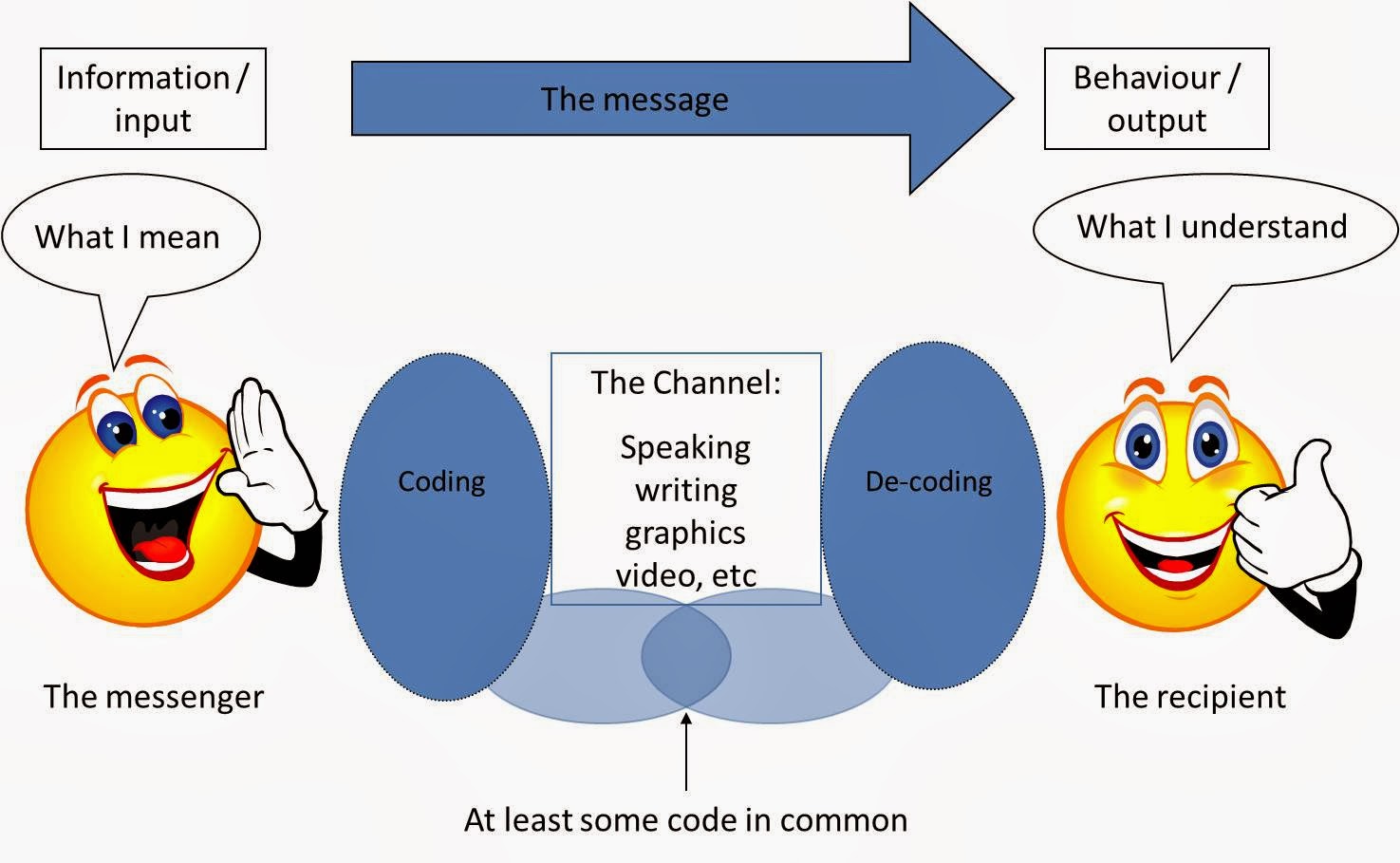Need and Importance of ICT in Teaching of English
Introduction
Information and Communication Technology (ICT) encompasses
various digital tools and resources, including computers, the Internet,
smartboards, audio-visual aids, mobile devices, language labs, and educational
apps, that support teaching and learning processes. In today’s digital era,
effective English teaching is no longer possible without integrating ICT. It
has revolutionised the ways students learn and teachers teach, making English
language education interactive, accessible, and practical.
Need for ICT in the Teaching of English
1. Changing Nature of Language Learning
- English
is a global language; students need to develop skills for a globalised
world.
- ICT
bridges the gap between classroom English and real-world English by exposing students to authentic materials (e.g., news clips, international
podcasts).
2. Diverse Learners and Learning Styles
- Indian
classrooms are heterogeneous, as students come from diverse linguistic
backgrounds.
- ICT
tools cater to visual, auditory, and kinesthetic
learners by providing multimedia content, interactive exercises, and
games.
3. Access to Authentic Materials
- Textbooks
alone may be outdated or limited.
- With
ICT, teachers can utilise the latest YouTube videos, TED Talks, BBC
podcasts, and online articles, exposing students to authentic
English used by native speakers.
4. Promoting Self-Learning and Autonomy
- ICT
enables students to learn at their own pace using online exercises,
language apps (e.g., Duolingo, Hello English), and e-dictionaries.
5. Enhancing Engagement and Motivation
- ICT
makes learning lively through quizzes, online polls, and multimedia
presentations.
- Use
of films, songs, and animated stories sparks students’ interest.
6. Digital Literacy as a 21st-Century Skill
- Knowing
how to use ICT is as important as learning English itself in today’s job
market.
- Integrating
ICT in English lessons gives students essential digital skills.
Importance of ICT in Teaching of English
1. Improved Listening and Speaking Skills
- ICT
tools, such as language labs, audio recorders, and voice
chat platforms, help students improve their pronunciation, fluency, and
listening comprehension.
- Example:
Students can listen to different accents using BBC Learning English
and practice their own speech using apps with speech recognition.
2. Visual and Contextual Learning
- Videos,
images, and interactive whiteboards provide context, making it easier for
students to understand abstract and complex concepts.
- Example:
Teaching idioms with animated videos helps students remember better than
just reading the textbook.
3. Immediate Feedback and Assessment
- Online
quizzes and assignments can be auto-graded, providing students with instant feedback.
- Example:
A teacher uses Google Forms for vocabulary tests—students see their scores
immediately and know where they need improvement.
4. Collaborative Learning
- ICT
platforms (such as Google Classroom, Padlet, and WhatsApp groups) enable students
to collaborate on projects, presentations, and discussions—both within and outside
the classroom.
- Example:
Group story writing in Google Docs, where each student adds lines,
encourages teamwork and creativity.
5. Catering to Differentiated Instruction
- ICT
allows for personalisation—slow learners can revisit lessons; advanced
students can attempt enrichment tasks.
- Example:
Teachers assign remedial grammar videos to some students, and creative writing
podcasts to others.
6. Inclusion of Marginalised Learners
- ICT
assists children with disabilities—text-to-speech and speech-to-text help
visually or hearing-impaired students.
- Example:
A student with dyslexia uses Read&Write software to listen to texts.
7. Efficient Classroom Management and Resources
- Teachers
can utilise digital attendance and resource-sharing platforms to track student
progress efficiently.
- Example:
Sharing reading materials via Telegram or Google Drive saves time and
resources.
Practical Examples in the Indian Context
- Rural
School: An English teacher in a government school in Gujarat utilises a Projector and the Internet to present Panchatantra Stories in English,
helping students connect traditional tales with their English learning.
- Urban
CBSE School: Students watch a short Charlie Chaplin clip and
write dialogues in English, enhancing creativity and comprehension.
- Online
Classes during COVID-19: English teachers use Zoom, Google Meet, and
YouTube videos to conduct live spoken English sessions.
- WhatsApp
Learning Groups: Teachers send daily word lists, voice notes, and
audio stories for practice—especially useful where computers are not
available, but smartphones are standard.
- Language
Labs: Many Kendriya Vidyalayas and private schools use computer labs
for listening and speaking drills.
Conclusion
ICT is not a luxury but a necessity in modern English
teaching. It enhances language skills, increases student motivation, and
prepares them for a digital future. While there are challenges, strategic and
innovative use of ICT can bridge gaps in English language education in India,
making learning enjoyable, inclusive, and effective.



Comments
Post a Comment